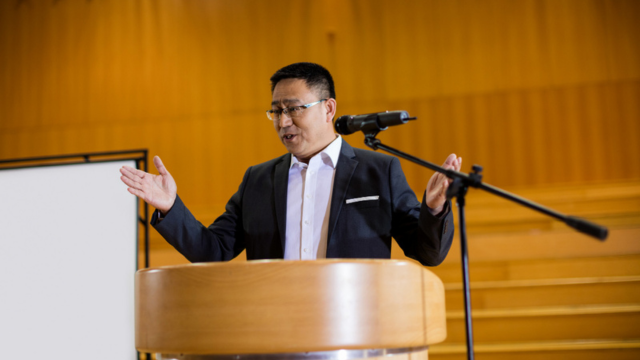
Public Speaking for the First Time
Nov 4, 2024 | Public Speaking
Embarking on your journey into public speaking can be both exhilarating and daunting, whether stepping up to the podium for the first time or looking to refine your skills as an advanced speaker. Public speaking is an art, a form of communication that goes beyond just conveying information; it’s about connecting with your audience, sharing a message, and, most importantly, learning and evolving with each speech you give. This journey is about mastering the technical aspects of speaking, such as diction and body language, and developing the ability to read the room, engage with diverse audiences, and adapt your message.

As you grow as a public speaker, you will find that it’s a deeply personal experience, challenging you to confront your fears and insecurities while discovering your authentic voice. Each opportunity to speak publicly is a chance to touch lives, influence thoughts, and leave a lasting impression. Whether you’re delivering a passionate speech at a community event, presenting a groundbreaking idea in a corporate meeting, or telling a story that stirs the soul, the journey of public speaking is a rewarding path that cultivates not just a skill but a profound means of expression and connection.
Understanding the Importance of Public Speaking

Before diving into the intricacies of public speaking, it’s vital to acknowledge its significance. Public speaking is more than just a skill; it’s a powerful tool for personal and professional growth. It helps shape perceptions and influence others and can often be a critical factor in career advancement.
Whether you’re presenting a project at work, delivering a keynote speech, or even speaking at a social event, the ability to communicate effectively can set you apart. Furthermore, public speaking plays a crucial role in personal development. It fosters self-confidence and resilience, pushing individuals to overcome their fears and anxieties associated with public performance.
Action Item
Visualize success beforehand, take a deep breath, and focus on sharing your message clearly, rather than seeking perfection.
This skill enhances critical thinking and the ability to articulate thoughts coherently and persuasively. As you learn to present your ideas in front of an audience, you also develop the ability to listen, empathize, and engage in meaningful dialogues. This two-way communication amplifies your voice and enriches your understanding of various perspectives, making you more open-minded and well-rounded.
In the broader sense, public speaking is integral to leadership and influence. Leaders, regardless of their fields, must be able to communicate their vision and inspire action. In social change, for instance, public speaking is a powerful tool for advocacy and mobilization.
The ability to articulate a compelling narrative can drive awareness, change mindsets, and rally people around causes. Thus, developing public speaking skills is not merely about personal achievement; it’s about having the capacity to make an impact, whether it’s in the boardroom, at a community center, or on a global stage. It empowers individuals to be change agents, advocates of ideas, and leaders in their communities and professions.
Overcoming the Fear: The First Big Step

Experiencing nervousness or anxiety is entirely typical of public speaking. This fear often stems from a fear of judgment or failure. However, understanding that this fear is common can be comforting.
Begin by accepting your nervousness rather than fighting it. Use it as fuel to prepare and energize yourself. Remember, confidence comes with experience and practice.
Engaging in mental and physical preparation techniques is beneficial to combat this fear further. Mental preparation involves visualizing a successful speech and reminding yourself of your preparation and knowledge. This technique, known as positive visualization, can significantly reduce anxiety by creating a mental image of success.
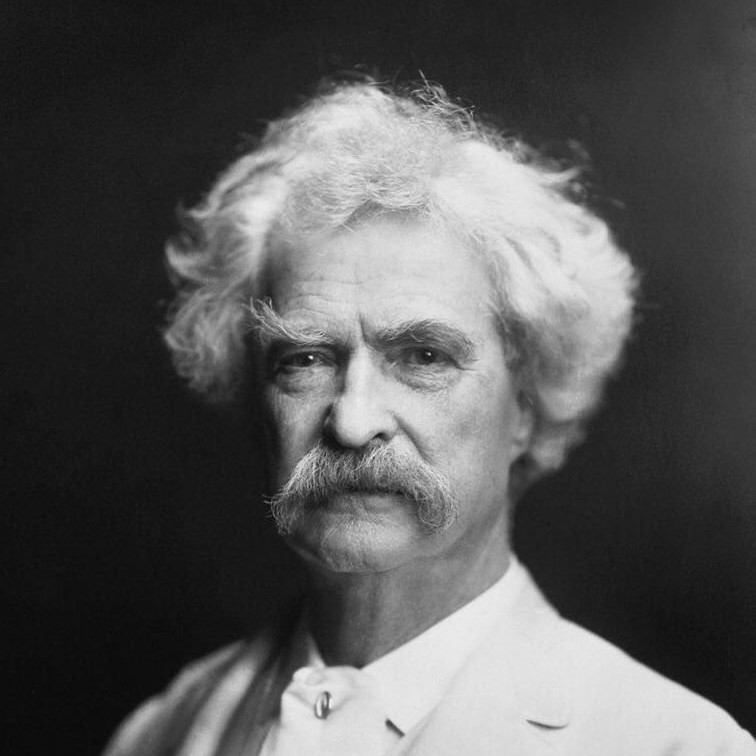
Additionally, focusing on the purpose of your speech – to inform, persuade, or entertain – rather than on yourself can shift your perspective and reduce feelings of self-consciousness. Remember, your audience is generally more interested in your message than in critiquing your performance. Physical techniques also play a crucial role in managing nervousness.
Practices such as deep breathing exercises, light stretching, or even a brief walk can help calm your nerves. Deep breathing, in particular, is effective in lowering stress levels as it sends a signal to your brain to relax.
Moreover, adopting a power pose – Adopting a confident posture, even when confidence is lacking, can enhance feelings of self-assurance. This approach, grounded in the idea that body language can influence our emotions, can be a quick and practical way to instill confidence before stepping onto the stage.
Starting with the Basics: For Beginners

1. Know Your Audience: Understanding your audience is crucial. Ask yourself: Who are they? What are their interests? What do they expect to learn or hear from you? Tailoring your message to your audience makes your speech more relatable and engaging.
2. Craft Your Message: Start with a clear objective. What is the one key message you want your audience to remember? Once you have this, build your speech around it. Ensure your content is coherent and logical and includes facts, anecdotes, and examples to make it interesting.
3. Practice Makes Perfect: Practice your speech multiple times. This doesn’t mean memorizing it word-for-word but being familiar with the content so you can speak naturally. Try practicing standing before a mirror or recording yourself to assess your body language and delivery.
Pro Tip
Start with a strong, simple opener to capture attention and set a calm, confident tone for yourself and the audience.
4. Mastering Non-Verbal Communication: Non-verbal cues, facial expressions, and eye contact are as important as your words. They help in building a connection with your audience. Practice open body language and try to maintain a relaxed posture.
5. Dealing with Nervousness: Techniques like deep breathing, positive visualization, or light exercise before a speech can help calm your nerves. Remember, pausing and taking a breath during your speech is okay.
6. Engage with Your Audience: Ask questions, invite opinions, or include interactive elements in your presentation. This keeps the audience interested and makes your speech more memorable.
7. Receiving Feedback: Be open to feedback. Ask a friend, mentor, or audience member for constructive criticism and use this to improve.
Advancing Your Skills: For the Seasoned Speakers

As you gain more experience, your focus should shift from just “getting through” a speech to enhancing the quality and impact of your presentations. This evolution involves delving deeper into the nuances of your speech, such as refining your storytelling skills, incorporating rhetorical devices, and enhancing your vocal variety to maintain audience engagement. It’s about moving from simply conveying information to creating an experience for your audience.
Advanced speakers learn to read their audience’s reactions in real time, adjusting their delivery, pace, and tone accordingly. This adaptability and presence require experience and a commitment to ongoing learning and self-improvement. As you continue on this path, you’ll find that each speaking opportunity is a chance to experiment with new techniques, gather feedback, and incrementally refine your craft, making every presentation more impactful than the last.
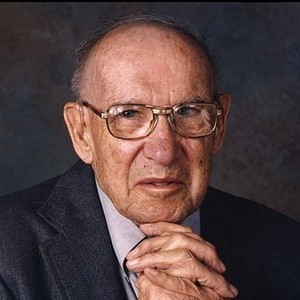
1. Refining Your Style: Develop your unique speaking style. Are you a storyteller, an educator, a motivator, or a combination? Leverage this style to create a more profound impact.
2. Advanced Preparation Techniques: Instead of just rehearsing your speech, focus on its strategic aspects. How can you structure your speech for maximum impact? Can you use storytelling or rhetorical questions more effectively?
3. Utilizing Technology: Make use of available technology for better presentations. This includes presentation software, audience interaction tools, and social media for broader engagement.
4. Mastering the Art of Storytelling: Great speakers are often great storytellers. Enhance this skill to make your speeches more engaging and memorable. Each story should have a clear point relevant to your overall message.
5. Handling Tough Questions: As an advanced speaker, you should be prepared for tough or unexpected questions. Practice handling these gracefully and confidently.
6. Learning from Others: Watch speeches by renowned public speakers. Analyze their delivery, storytelling techniques, and engagement strategies, and learn from them.
7. Continuous Learning and Adaptation: Public speaking trends evolve. Stay updated on new techniques, attend workshops, and be open to continuously refining your skills.
Additional Tips for All Speakers

- Be Authentic: Authenticity creates a genuine rapport with your audience. Embrace your authentic self and allow your personality to radiate your speech.
- Use Humor Wisely: Humor can be a potent instrument, provided it is employed judiciously and should resonate with your audience.
- Learning from Each Experience: After every speech, reflect on what went well and what could be improved. Each speaking engagement is a learning opportunity.
- Concluding Powerfully: End your speech with a firm conclusion. Reinforce your key message and leave your audience with something to ponder.
- Learning from Each Experience: After every speech, reflect on what went well and what could be improved. Each speaking engagement is a learning opportunity.
Pro Tip
Focus on connecting with your audience over delivering a flawless speech—engagement often matters more than perfection.
Conclusion
Embarking on a public speaking journey is a path of self-discovery and growth. It’s not just about speaking well but also about connecting, influencing, and inspiring others. As you progress from a beginner to an advanced speaker, your journey will be filled with challenges and triumphs.
Embrace them all; they are the stepping stones to becoming a confident speaker. Remember, the art of public speaking is not in perfection but in the ability to share ideas, stories, and messages that resonate and inspire. Keep speaking, keep engaging, and most importantly, keep learning. The world needs your voice!











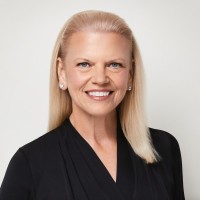





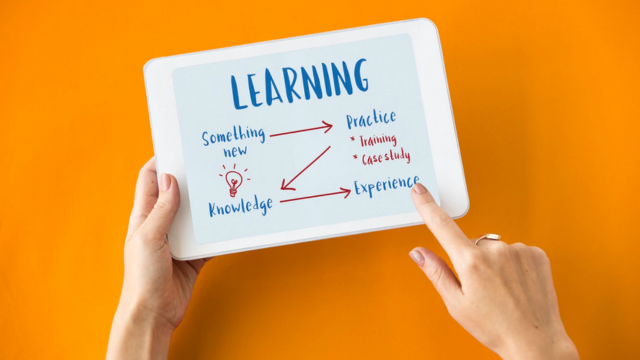





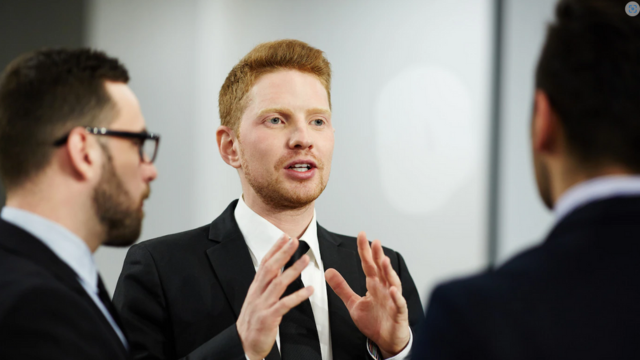

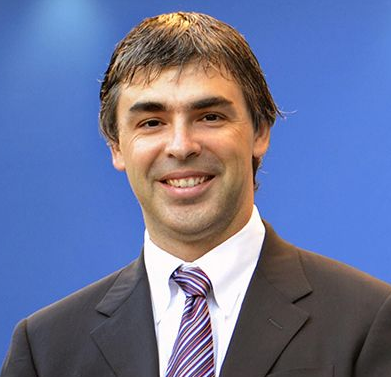
















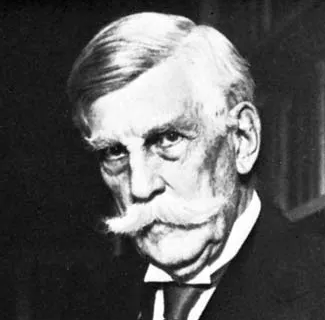






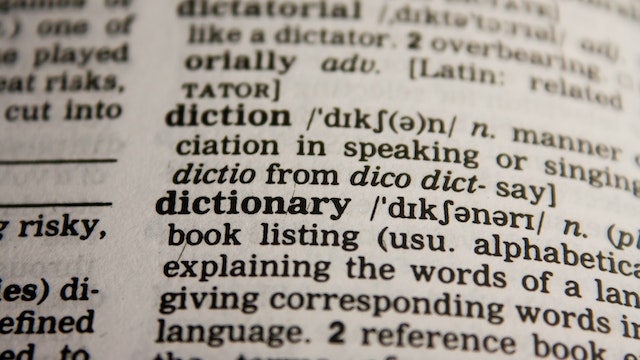



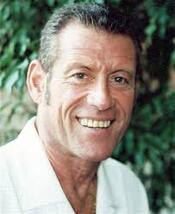

Recent Comments